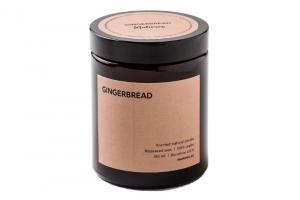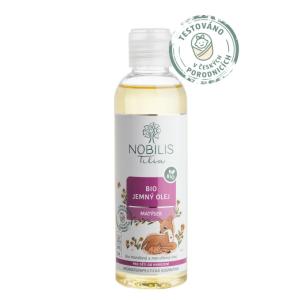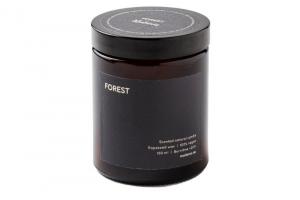Guava
Other names: Kwajava
Harm score: 1 (Natural substances)
Guava, or more commonly known as quaiva, is a great tropical plant that is widely used in the food industry. It is a small, mostly evergreen tree native to Central and South America. It is particularly valued for its fruit, which has a distinctive sweet taste and a significant vitamin C content. Over the centuries, quaiva has spread all over the world and today its products can be found not only in markets and supermarkets, but also in cosmetics.
The fruits of quaiva are consumed both fresh and processed. The flesh is juicy, varies in colour from white to pink to red, and is popular for its refreshing properties along with its distinctive, sweet and sour and exotic flavour. One of the most famous products in which quaiva can be found is jam. This fruit jam is characterised by its golden to orange colour, slightly sour taste and pleasant consistency. Kava can also be found in drinks such as juices or cocktails. In addition, various types of candy, confectionery, ice cream and other desserts are also made from quavas. A lesser known but still popular product is quajava syrup, which is used to flavour drinks, ice cream, pastries or salads.
Quava pulp is also widely used in the cosmetics industry. Due to its high content of vitamin C and other antioxidants, it is ideal for the production of various masks, creams and skin tonics, as well as hair products. Many brands use quaiva as the main ingredient in their skin rejuvenation and regeneration products. In addition, quaiva leaves are used to produce an extract that has antiseptic properties, making it ideal for the production of mouthwashes and other oral hygiene products.
You won't find this substance in our products. Try the natural, chemical-free products in our range.

Scented candle in glass - gingerbread (180 ml) - up to 35 hours burning
Product detail
Washing foam for acne 150 ml
Product detail
Organic fine oil Matysek 200 ml
Product detail